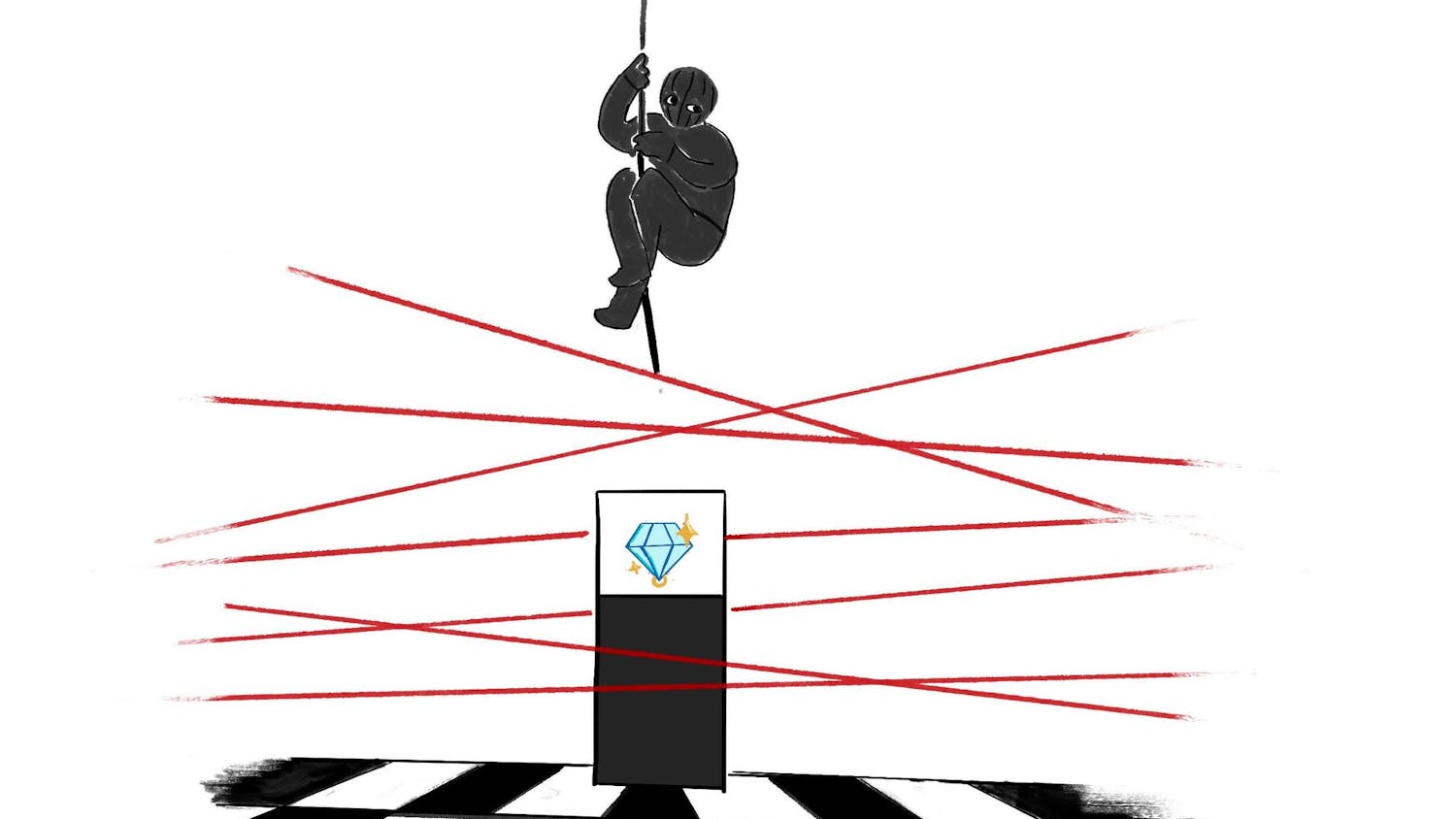The infamous bright red T-shirt bearing the face of the Latin American revolutionary, Che Guevara, has been a popular fashion piece among many liberals for around two decades. Those who wear the shirt see themselves as carrying on the values of resistance to capitalist oppression and solidarity with the working class.
But in all actuality, Che shouldn’t be associated with either of these things. In fact, the record shows Che was a totalitarian, mass murderer whose face does not belong on the T-shirts of college students who profess to love liberty.
Cuban exile Humberto Fontova wrote that in 1959, Che began his authoritarian career by arranging the burning of 3,000 books. These belonged to an anti-communist organization that had been tasked with the gathering of information on Soviet KGB agents.
This was only the beginning of the “freedom fighters” excursion into politics.
In Che’s mind, a Marxist revolution required violence, censorship and an extermination of all dissenting opinions. The mass killing of political dissidents is what Che would initially become famous for as he was made Fidel Castro’s “chief execution officer.” In January 1957, Che wrote to his wife in a letter, “I’m here in the Cuban hills, alive and thirsty for blood.” A few weeks after he sent this letter his thirst was quenched.
Upon discovering a member of the revolution who was not quite radical enough, Che took it upon himself to dispatch the contrarian because no one else stepped up to do so. It was this instant that Che remarked in a letter to his father, “I discovered I really liked killing.” He made it clear to Castro that he really had no knowledge of military tactics.
Instead, it was his bloodlust that allowed him to rise quickly in the ranks. In a sense, he was the Himmler to Castro’s Hitler. Under the direction of Che, thousands of Cubans were either killed, imprisoned or sent to labor camps during the ‘50s and ‘60s.
Due to falsified death certificates, the number of people killed by his secret police is unknown. The Black Book of Communism, which was compiled by French scholars to determine the total number of human lives lost in the 20th century due to political ideology, estimated the people executed under the direction of Che during the first year of the Cuban revolution at 14,000. That is the equivalent of 3 million deaths in the U.S. based on populations figures. The London Telegraph presented in a 2009 article that more than 30,000 people have died attempting to flee Che and Castro’s socialist paradise.
Throughout Che’s leadership in the Castro regime, he sent thousands of men, women and children to his prison “La Cabana” or slave labor camps. One dissident of the regime, Roberto Martin-Perez, commented that, “There was something seriously wrong with Guevara. ... For Castro, it was a utilitarian slaughter, that’s all. Guevara, on the other hand, seemed to relish it.” He was not the humanitarian savior of the oppressed that many like to claim. In an article for the Independent Institute, Alvaro Vargas Lloso wrote Che’s initial labor camp on the Guanahacabibes peninsula was the “precursor to the eventual systematic confinement of dissidents, homosexuals, AIDS victims, Catholics and Afro-Cuban priests.” This reflects many of Che’s racist remarks made in his Motorcycle Diaries like when he called blacks “indolent and frivolous” for example. He is hardly a role model.
In Fontova’s Exposing the Real Che Guevara, the author presents how in 1957, Cuba had a significant middle class with an average wage (per eight-hour day) higher than those of Belgium, Denmark, France and Germany. The same report continues that Cuban labor received 66.6 percent of gross national income (the figure in the U.S. was at 68 percent and the figure for Switzerland was at 64 percent). After Castro appointed Che to Minister of Industries, the island nation could barely stay afloat. The results of his policies were so destructive that even large Soviet subsidies weren’t enough to bolster the country’s economy.
All of these factors, including his collusion with the foiled Black Liberation Army terror attacks and 1965 terrorist bomb plot of New York City, solidify the notion that he was no hero at all. While Che may have appealed to the oppressed, as dictators often do, all he managed to accomplish was the creation of a totalitarian state that systematically murdered its citizens. No matter if you are on the left or right, it is of the utmost importance that you understand the political symbols you display on your clothing, unlike the careless students I recently saw brandishing their despotic hero on red T-shirts.
Do you like this story? The Plainsman doesn't accept money from tuition or student fees, and we don't charge a subscription fee. But you can donate to support The Plainsman.




